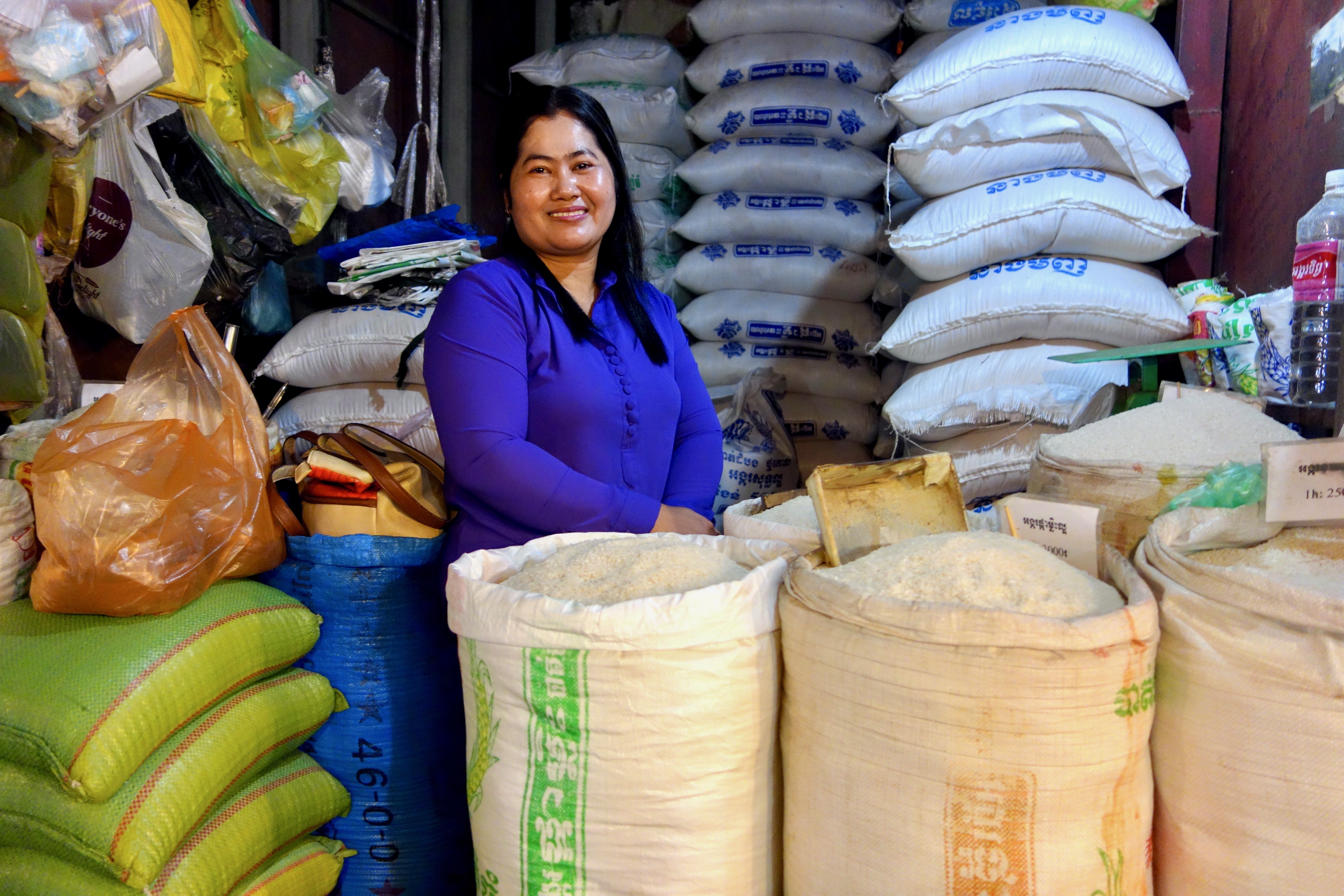
Rice is a staple food in Cambodia, and any crisis rapidly impacts Sokun*’s business. For example, during a tense border dispute with Thailand in 2008, all her rice was sold out. Similarly, in 2013, devastating floods swept across the land, leaving her without any rice to sell. Economic anxiety is immediately felt in her business,
Sokun started selling rice when her mom fell sick. She dropped out of school with her four sisters to earn money, while their brother stayed in school and eventually became a teacher. (However, he still hustles as a carpenter to complement his income.)
Her business philosophy is simple: be transparent and honest. If the rice at her market stall is 2nd-tier quality instead of 1st-tier, she simply lets her customers know. At least they will be aware that the different prices are based on varying quality, giving them a choice for their budget.
In business jargon, we call this customer segmentation which is grouping your customers into different profiles (habits, gender, interests) as well as their spending power, so you can offer a variation of products that meet their specific needs.
Customer segmentation allows you to use price segmentation which is selling the same thing at different prices to customers based on their profile (such as creating a student discount). This can help you increase sales and maximise revenue.
Shopkeeper Stories is a photographic documentary of small business owners and their trades around the world, sharing their tips and insights. Connect with us on Instagram and Facebook @ShopkeeperStories!